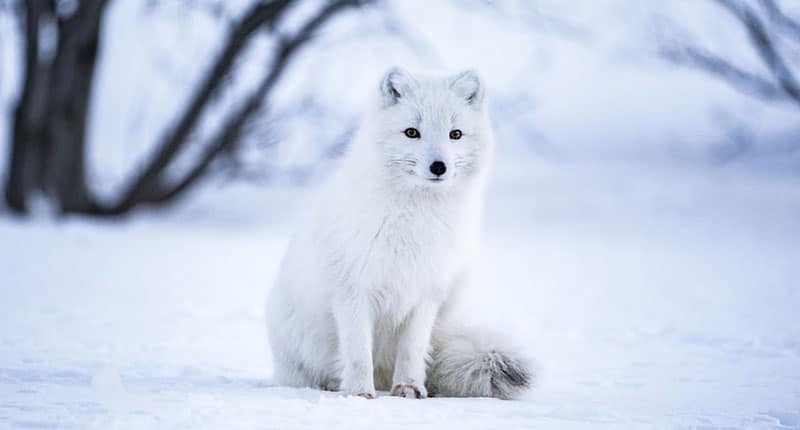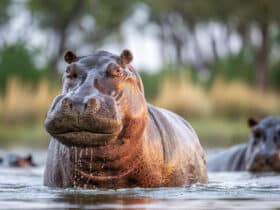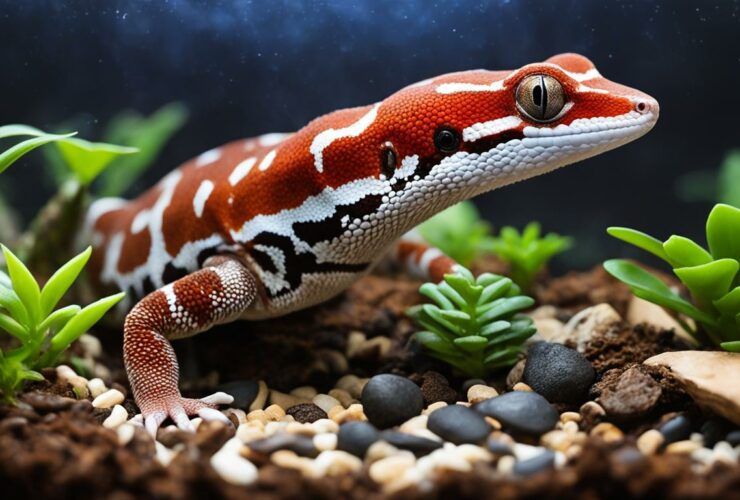Arctic foxes are fascinating creatures that inhabit the Arctic regions. Their behavior and adaptations to the harsh environment make them a subject of interest for scientists and nature enthusiasts alike. In this article, we will delve into the intricacies of Arctic fox behavior, exploring their habitat, diet, reproduction, social structure, and unique survival strategies.
Habitat and Distribution
Arctic foxes primarily inhabit the Arctic tundra regions of North America, Europe, Greenland, and Russia. They are well adapted to the extreme cold and barren landscapes found in these areas. Their dense fur and thick undercoat provide excellent insulation, allowing them to survive in temperatures as low as -50°C (-58°F).
Physical Characteristics
Arctic foxes are small to medium-sized mammals, measuring about 46 to 68 centimeters (18 to 27 inches) in length, excluding their bushy tails. They have a round body shape and short legs, which helps reduce heat loss. These foxes have a beautiful coat that changes color with the seasons. In winter, their fur turns white to blend in with the snow, while in summer, it transforms into a brown or grayish-brown shade to match the landscape.
Diet and Feeding Habits
Arctic foxes are opportunistic predators with a diverse diet. They mainly feed on small mammals like lemmings, voles, and Arctic hares. During the summer months, when prey is abundant, they also consume birds, eggs, and berries. These resourceful foxes are known for their ability to store surplus food by burying it in shallow holes, creating a cache that they can rely on during leaner times.
Reproduction and Family Life
Arctic foxes have a monogamous breeding system, forming lifelong pair bonds. They typically breed once a year, during the spring. After a gestation period of about 52 days, the female gives birth to a litter of 5 to 8 pups. The male actively participates in raising the young, providing food for the female while she nurses the pups. The family unit stays together until the next breeding season, with the young foxes learning essential survival skills from their parents.
Social Structure
While Arctic foxes are generally solitary animals, they exhibit a complex social structure during the breeding season. Males establish territories and defend them from intruders. Females, on the other hand, establish dens for birthing and raising their young. These dens are often passed down through generations and provide a safe haven during the harsh winters. The social dynamics within a breeding population of Arctic foxes are fascinating, with a hierarchy based on dominance and reproductive success.
Seasonal Adaptations
Arctic foxes have remarkable adaptations to survive the extreme Arctic conditions. As mentioned earlier, their fur changes color to camouflage with the surroundings, providing effective camouflage against predators and prey alike. They also have relatively short ears and a short muzzle, minimizing heat loss from these exposed areas. In addition, their paws are covered in fur, acting as natural snowshoes, enabling them to walk on snow without sinking.
Predators and Threats
Arctic foxes face threats from natural predators such as polar bears and wolves. These larger predators often target the foxes for food or compete with them for resources. Climate change also poses a significant threat to their survival, as the shrinking ice cover and changing weather patterns affect their habitat and availability of prey.
Interaction with Humans
In some regions, indigenous communities have lived alongside Arctic foxes for centuries, utilizing their fur for clothing and other purposes. However, the impact of human activities on Arctic fox populations varies. While they are legally protected in many countries, habitat destruction, hunting, and pollution continue to pose challenges to their conservation.
Conservation Efforts
Conservation organizations and researchers are actively working to protect Arctic fox populations and their habitats. Efforts include monitoring their numbers, studying their behavior and ecology, and implementing measures to mitigate the effects of climate change. Public awareness campaigns and sustainable practices are crucial in ensuring the long-term survival of these remarkable creatures.
Conclusion
The Arctic fox is a resilient and resourceful species, perfectly adapted to survive the extreme conditions of the Arctic. Their behavior, from their unique reproductive strategies to their social structure, offers a fascinating glimpse into their lives. However, with increasing threats from climate change and human activities, it is essential to prioritize their conservation. By understanding Arctic fox behavior and appreciating their role in the ecosystem, we can contribute to their preservation for generations to come.
FAQs
1. Are Arctic foxes dangerous to humans?
- Arctic foxes are not generally dangerous to humans. They are timid creatures and tend to avoid human contact. However, as with any wild animal, it is advisable to maintain a respectful distance and observe them from afar.
2. How long do Arctic foxes live?
- In the wild, Arctic foxes have an average lifespan of about 3 to 6 years. In captivity, they can live up to 10 years or more.
3. Do Arctic foxes migrate?
- Arctic foxes do not migrate in the traditional sense. However, they may travel long distances in search of food during the winter months when prey is scarce.
4. Can Arctic foxes survive in warmer climates?
- Arctic foxes are highly specialized for life in cold environments. They are not adapted to survive in warmer climates and would struggle to cope with the heat.
5. How do Arctic foxes cope with the darkness of the Arctic winter?
- Arctic foxes have excellent night vision, allowing them to navigate and hunt in the darkness of the Arctic winter. Their keen sense of hearing also helps them locate prey and avoid predators.















